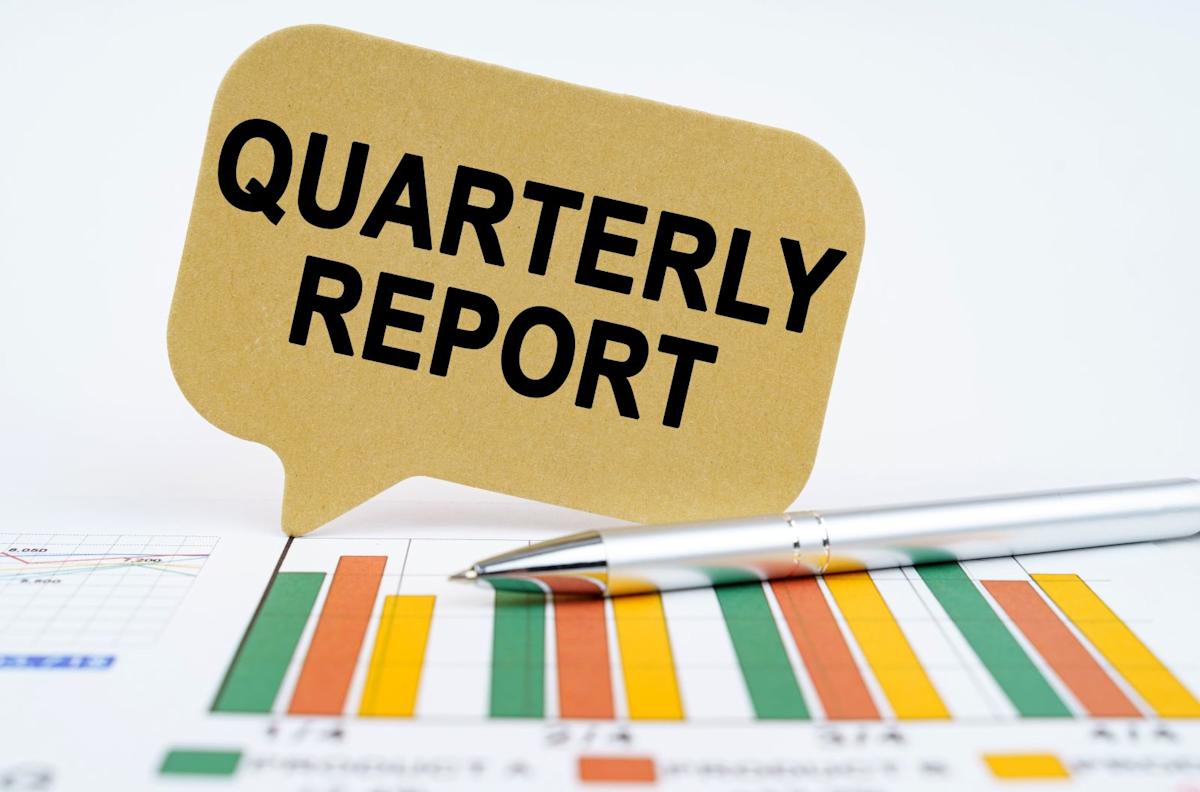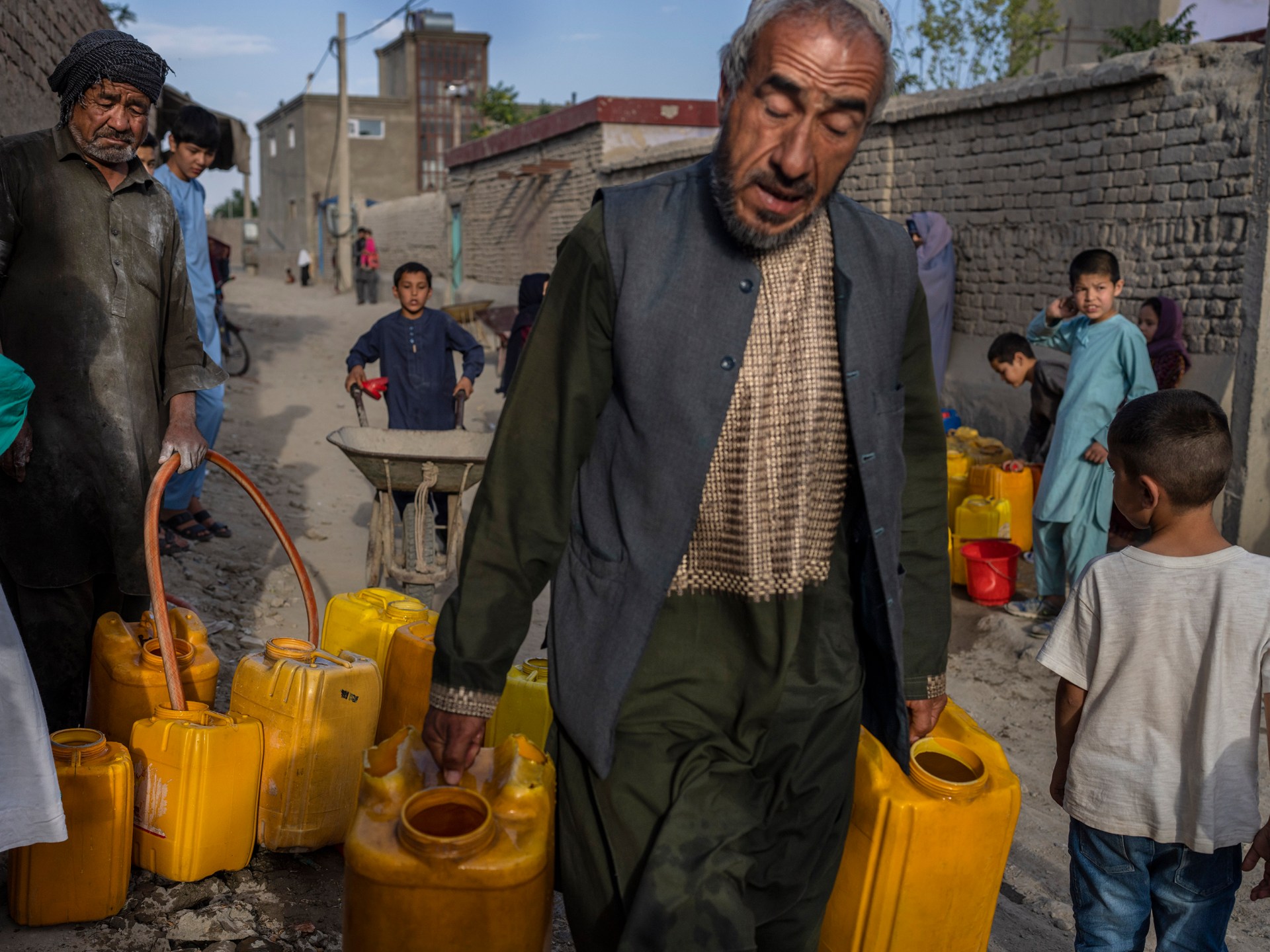“The End is Near”: Will Kabul become the first major city without water by 2030? |Water
Kabul, a city of over 6 million people, could become the first modern city to run out of water in the next five years, a new report warns.
A report released by non-profit Mercy Corps found that groundwater levels in Afghanistan’s capital have dropped dramatically due to overextraction and the effects of climate change.
So, the Kabul water crisis is a turning point, and does Afghan authorities have the resources and expertise to address this issue?
The depth of the crisis
Kabul’s aquifer levels have plummeted at 25-30 meters (82-98 feet) over the past decade, with water extraction exceeding natural charges by 44 million cubic meters (1,553 cufts) per year.
Reports say that if the current trend continues, Kabul’s aquifers will dry out by 2030, pose an existential threat to the Afghan capital. He said this could lead to the migration of around 3 million Afghan residents.
The report predicted that nearly half of the wells in Kabul, the main source of drinking water for residents, are already dry.
It also highlights widespread water pollution. Up to 80% of groundwater is considered unsafe and has high levels of sewage, arsenic and salinity.
Conflict, climate change, government failures
Experts point to the combination of factors behind the crisis. Climate change, obstacles to governance, increased pressure on existing resources as it expanded from under 1 million in 2001 to around 6 million today.
Two decades of US-led military intervention in Afghanistan also played a role in the crisis as more people were forced to move to Kabul and other countries’ governance was struggling.
“The forecast is based on the widening gap between groundwater charging and annual water extraction. These trends have been consistently observed in recent years, making predictions reliable.”
“It reflects the worst-case scenario that can be achieved by 2030 if no effective intervention is being implemented,” he added.
Najibla Sadido, a senior researcher and member of Afghanistan’s network of water and environment experts, said it is impossible to make a timeline when the capital will dry out. However, he acknowledged that Kabul’s water issue was serious.
“No one can make a point when the last well is dry, but what we know is that as the level of groundwater drops further, the deep aquifer’s capacity will decrease. Imagine groundwater as a bowl of water depleted,” he said.
“We know the end is near,” he said.
A vast portion of Afghanistan’s capital relies on underground borewells, and as water levels drop, people dig deeper or dig in different places looking for water sources.
According to a report from the National Bureau of Statistics in August 2024, there are approximately 310,000 drill wells nationwide. According to a report by Mercy Corps, it is estimated that there will also be nearly 120,000 unregulated borewells across Kabul.
2023 Postponed Almost 49% of Kabul’s borewells are dry, while others have found to function with only 60% efficiency.
Mayar said the water crisis reveals the gap between the rich and poor in cities. “Wealthy residents can afford to drill deeper boreholes and further limit access to the poorest,” he said. “Crisis will first affect the poorest.”
Abdulhadi Achakai, director of the Environmental Protection Training Development Organization (EPTDO), a Kabul-based climate protection NGO, said the signs of this disparity are evident in the long lines outside the public water taps or private water takers.
Poor residents, often children, are forced to continue searching for water sources.
“Every night, until late at night, when I’m back from work, I see young children with small cans looking for water… They look hopeless and navigate life gathering water for home rather than studying or learning,” he said.
Furthermore, according to Sadid, Kabul’s already depleted water resources were being utilized by “over 500 beverage and mineral companies” operating in the capital. According to Sadid’s calculations, Alokozay, a popular Afghan soft drinks company, extracts about 1 billion liters (256 million gallons) of water over a year.
Al Jazeera submitted an Alokozay question on June 21st about water extraction, but has not yet received an answer.
According to Sadid, Kabul has a green house of 400 hectares (9,884 acres) to grow vegetables, and according to his calculations it sucks up 4 billion liters (10.5 billion gallons) of water each year. “The list (of entities using Kabul Water) is long,” he said.
“Repeated droughts, early thawing, and reduced snowfall.”
Water shortages are further exacerbated by climate change. In recent years, precipitation has been significantly reduced nationwide.
“The three rivers, the Kabul, the Pagman and the Rollagher, are highly dependent on snow and glacial meltwater for Kabul’s groundwater from the Hindu Kush Mountains,” the Mercy Corps report said. “However, between October 2023 and January 2024, Afghanistan suffered only 45-60% of its average winter precipitation compared to the previous year.”
Mayar, a former lecturer at Kabul Polytechnic University, said it is difficult to quantify exactly how much of the crisis was caused by climate change, but extreme weather events have only been added to Kabul’s disaster.
“Climate-related events such as repeated droughts, early thawing and reduced snowfall have clearly reduced opportunities for groundwater recharging,” he said.
Additionally, rising temperatures have resulted in greater evaporation and increased agricultural water consumption, said Sadid from Afghanistan’s network of water and environmental experts.
Although some states have experienced water shortages, especially within agricultural communities, Kabul has been affected by the growing population.
decades of conflict
Sadid argued that the Kabul crisis is deeper than the effects of climate change, exacerbated by years of war, weak governance and sanctions on aid-dependent countries.
Much of the funds led by the country was safely decouped for the first 20 years of the century. Since the Taliban returned to power in 2021, funds have been used to tackle an escalating humanitarian crisis. Western sanctions have also severely blocked development projects that could help Kabul manage the current water crisis better.
As a result, authorities are struggling to maintain pipelines, canals and dams, including basic tasks such as removal.
“The crisis is already beyond the capabilities of the de facto authorities at present,” Meyer said, referring to the Taliban. “In well-managed cities, such impacts are mitigated through robust water governance and infrastructure. Kabul lacks such capabilities and current authorities are unable to address the issue without external support,” he added.
As a result, the Environmental Resilience Project took the back seat.
“Several planned initiatives, including the artificial groundwater charging project, have been suspended following the Taliban acquisition,” Meyer noted. “The sanctions continue to restrict organizations and donors from funding and implementing important water-related projects in Afghanistan,” he said.
Sadid pointed out one example. The Awater Supply Project, funded by German development bank KFW and European institutions, could have supplied 44 billion liters (11 billion gallons) of water per year to a portion of Logar Aquifers’ Kabul.
“But now, the project is suspended,” he said, but two-thirds of the initiative had already been completed when the former president’s government collapsed in 2021.
Similarly, the Indian and Ghani governments signed an agreement on the construction of Shahteat Dam on the Kabul River in 2021. Once completed, the dam can supply water to most of Kabul, Sadid said, “But its fate is now uncertain.”
What can we do to deal with the water crisis?
Experts recommend the development of the city’s water infrastructure as a starting point for dealing with the crisis.
“Charging artificial groundwater and developing basic water infrastructure within the city is urgently needed. Once these foundations are installed, we can gradually develop a city-wide water supply network,” Mayar recommended.
Achakzai agreed that building infrastructure and its maintenance are key elements of the fix.
“In addition to introducing new pipelines into the city from nearby rivers such as Panjir, efforts will be required to recharge the underground aquifers with check dams and water reservoir structures,” he said, adding that these structures will promote stormwater harvesting and groundwater replenishment.
“() The Afghan government needs to update its aging water pipes and systems. Modernising the infrastructure will improve efficiency and reduce water loss,” he added.
But all of that has been made more difficult by Afghanistan’s global isolation and the sanctions regime under it, Achakai said.
“Sansions limit Afghanistan’s access to the essential resources, technologies and funds needed to develop and maintain water infrastructure,” he said. This reduced agricultural productivity, increased hunger and economic hardships, and forced communities to migrate, he warned.





